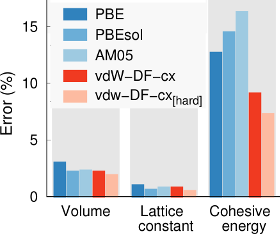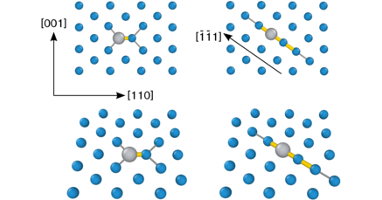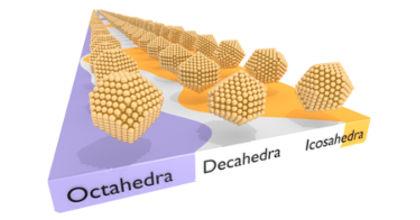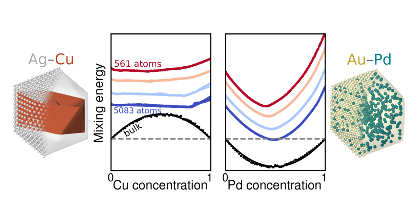Finite-temperature properties of nonmagnetic transition metals: Comparison of the performance of constraint-based semilocal and nonlocal functionals
L. Gharaee,
P. Erhart,
and
P. Hyldgaard
Physical Review B 95, 085147
(2017)
arXiv:1612.00425
doi: 10.1103/PhysRevB.95.085147
Download PDF

We assess the performance of nonempirical, truly nonlocal, and semilocal functionals with regard to structural and thermal properties of 3d, 4d, and 5d nonmagnetic transition metals. We focus on constraint-based functionals and consider the consistent-exchange van der Waals density-functional version vdW-DF-cx [Phys. Rev. B 89, 035412 (2014)], the semilocal PBE functional [Phys. Rev. Lett. 77, 3865 (1996)], and the PBEsol functional [Phys. Rev. Lett. 100, 136406 (2008)], as well as the AM05 metafunctional [Phys. Rev. B 72, 085108 (2005)]. Using the quasiharmonic approximation, the structural parameters, elastic response, and thermal expansion at finite temperatures are computed and compared to experimental data. We also compute cohesive energies explicitly including zero-point vibrations. It is shown that overall vdW-DF-cx provides an accurate description of thermal properties and retains a level of transferability and accuracy that is comparable to or better than some of the best constraint-based semilocal functionals. Especially, with regard to the cohesive energies, the consistent inclusion of spin-polarization effects in the atoms turns out to be crucial, and it is important to use the rigorous spin-vdW-DF-cx formulation [Phys. Rev. Lett. 115, 136402 (2015)]. This demonstrates that vdW-DF-cx has general-purpose character and can be used to study systems that have both sparse and dense electron distributions.



